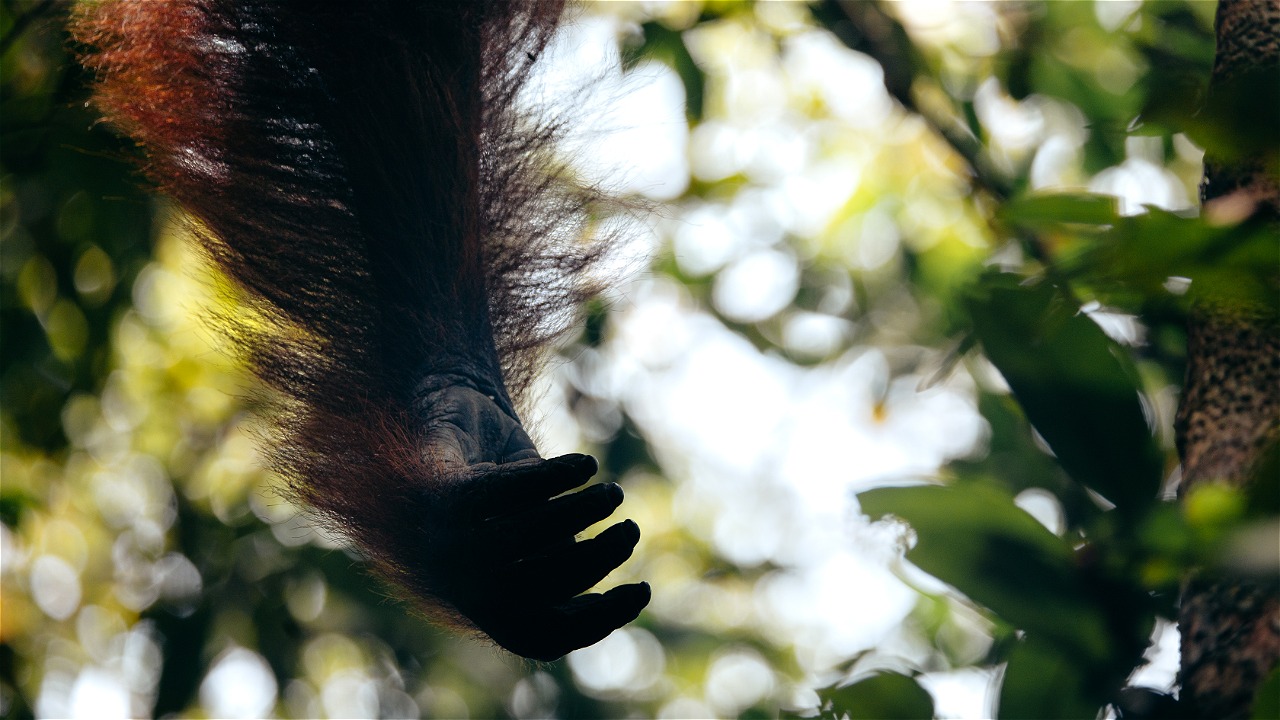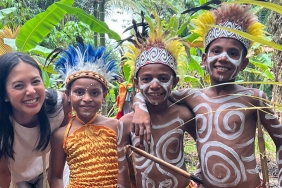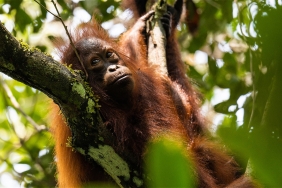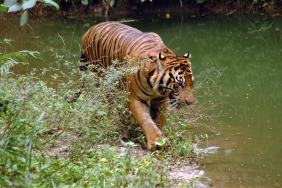BECOME A WARRIOR FOR THE PRESERVATION OF INDONESIA'S KEY SPECIES
By: Natalia Trita Agnika
"Wow, the tiger is dashing and the color is good!" squeals a 6-year-old boy when he sees a television show about the life of tigers in the wild. But not long after, his expression turned sad and angry when the anchor showed a tiger skin confiscated by the forest police from illegal trade.
Just like the little boy, we all feel happy when we see wildlife living freely in their natural habitat. Not only does it make the animals happy, but their presence in their natural habitat also plays an important role in maintaining the balance of the ecosystem. Tigers, for example, as apex predators, the presence of this charismatic species indicates a healthy forest ecosystem and the availability of sufficient water sources for all living things in the area. The same goes for other wildlife, such as elephants, orangutans and turtles. The presence of elephants, known as "Umbrella Animals", in a location means that there are sufficient resources to support the lives of other animals, indicating a healthy ecosystem. Orangutans, meanwhile, have a role as guardians and maintainers of the forest. They help disperse plant seeds and assist in the growth of new trees.
Indonesia is one of the countries that is a habitat for a variety of wildlife. The diversity of biological resources found in Indonesia is very high. In fact, Indonesia is also a habitat for endemic animals or animals that are only found in Indonesia. Based on IUCN 2013, there are 259 species of mammals endemic to Indonesia, 384 species of birds, and 173 species of amphibians.
But now these animals face various threats that lead them to extinction. The rapid rate of forest degradation is causing their habitat to narrow. The increasing development of industrial forests, especially for oil palm plantations, is suspected to be the main cause of the loss of natural forests in Sumatra. "In less than 25 years, more than 12 million hectares of forest were lost. Now 40% of the remaining forest area is also under threat. Even protected areas are no longer safe," said Sunarto, WWF-Indonesia's Species Specialist.
Habitat destruction also occurs in marine areas. These include pollution in the sea, climate change, and irresponsible exploitation. There are often cases where sea turtles cannot get to the beach to lay their eggs because the beach where they used to hatch is now experiencing abrasion. Threats to their existence also arise from poaching and illegal wildlife trade.
Conservation efforts are needed to save these animals. They must be fought for. Wild life cannot be created. If it is destroyed and extinct, nothing can replace it. WWF-Indonesia has made various conservation efforts to save Indonesia's keystone species. Keystone species are iconic animals that are chosen as the focus of activities because of their ability to raise awareness, generate action and funding for conservation efforts in general.
Wildlife is on the brink of extinction if conservation efforts are not maximized and supported by various parties. The public can also support and fight for conservation efforts to save key species and their natural habitats. The term WWF Warrior is also pinned for individuals who help fight for the preservation of key species with WWF-Indonesia, including Tiger Warrior, Orangutan Warrior, Elephant Warrior, and Turtle Warrior. For more information about this program, please open the link wwf.id/warrior. Are you ready to become a "Warrior" for the preservation of Indonesia's key species?





